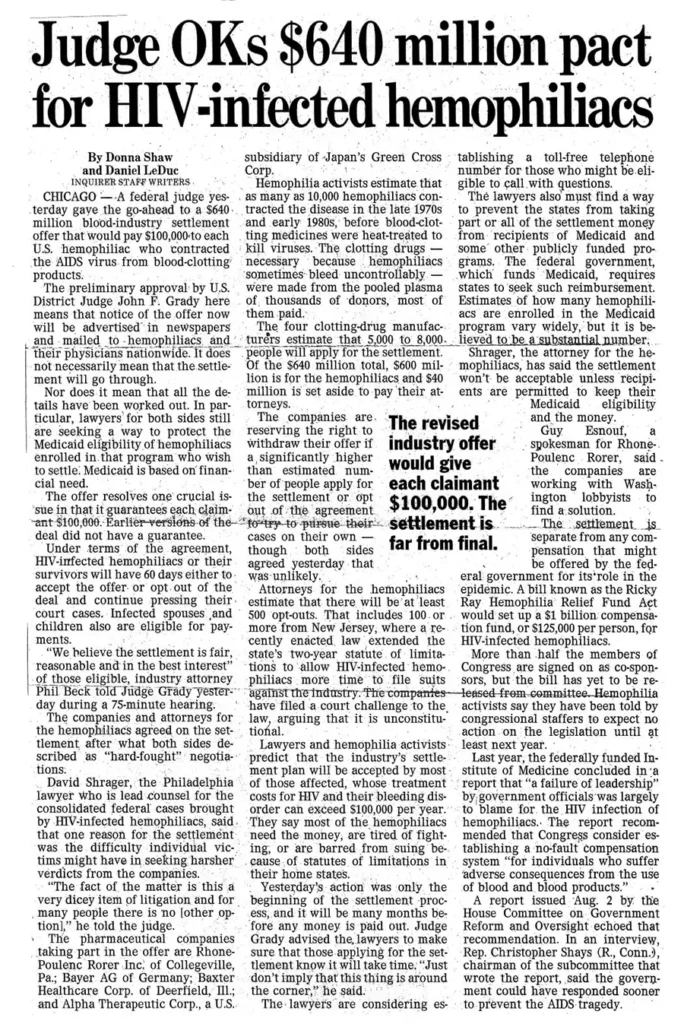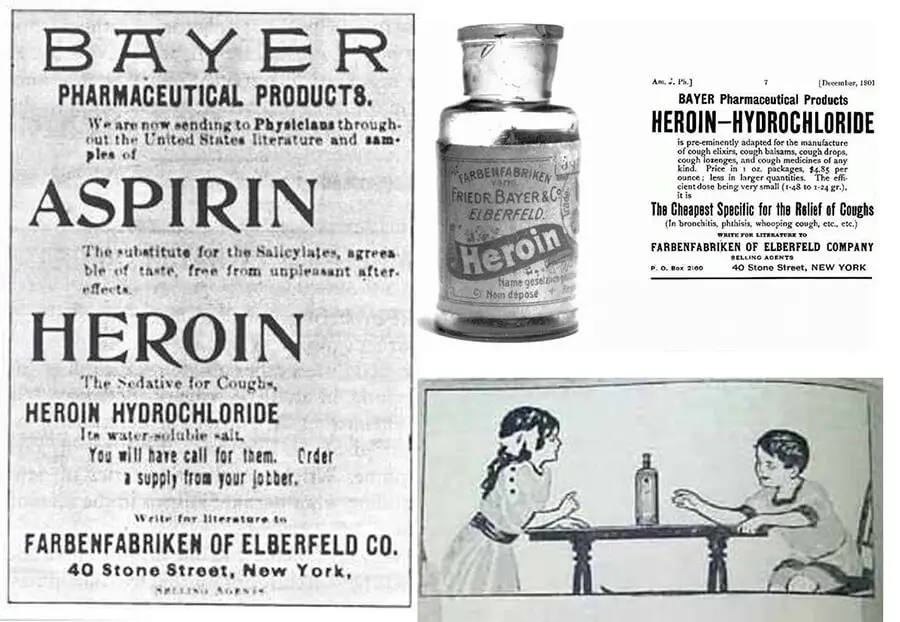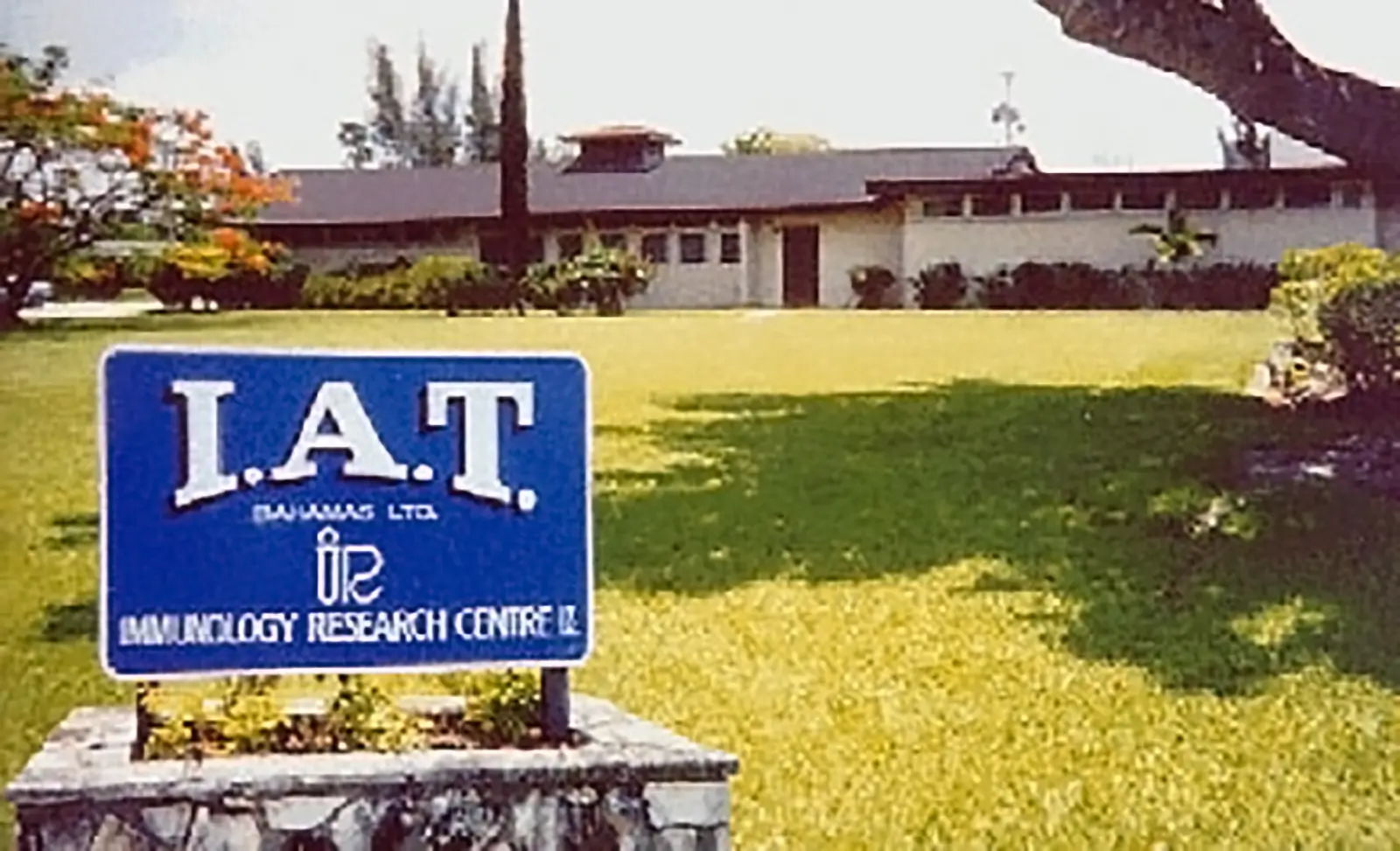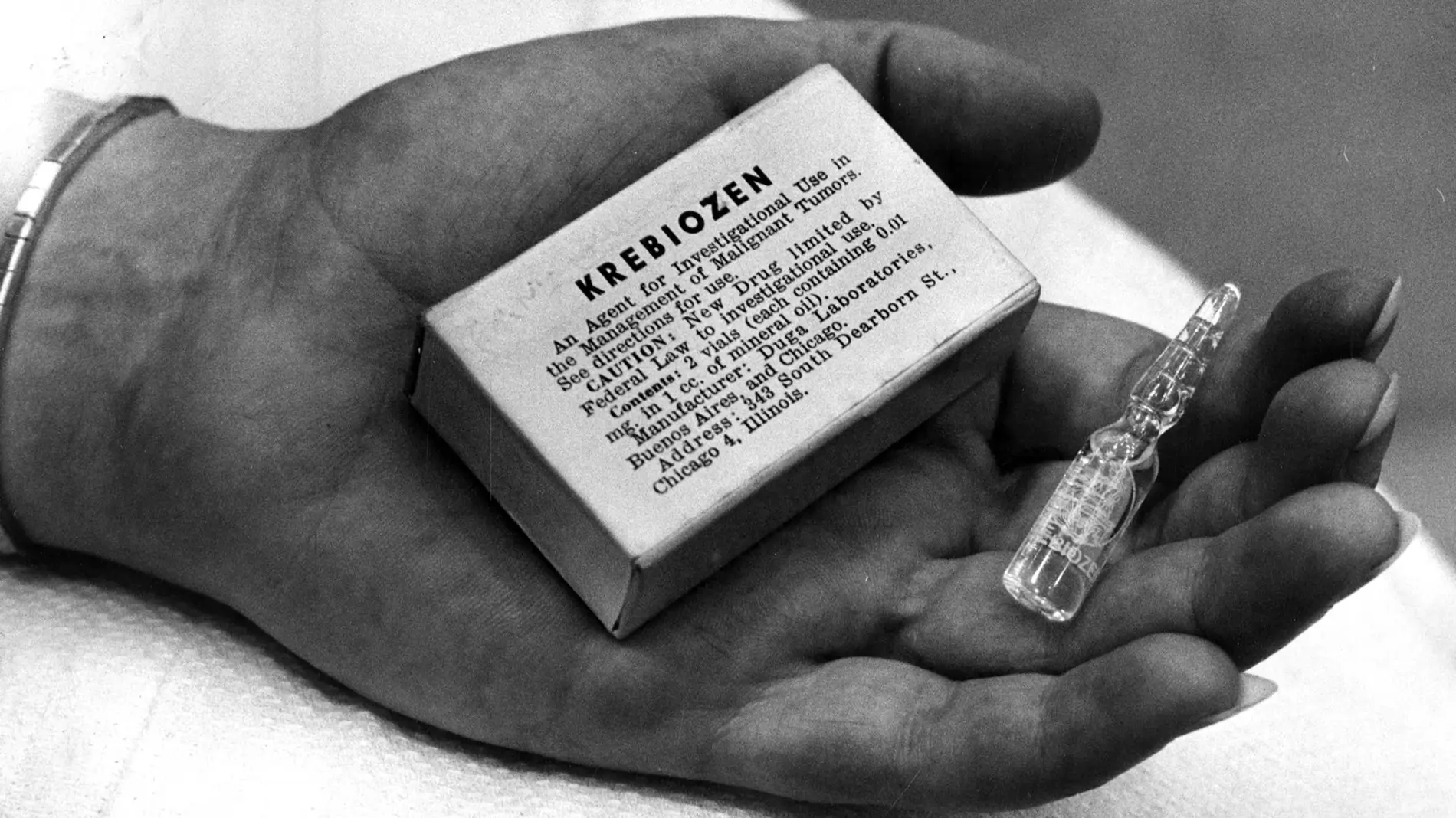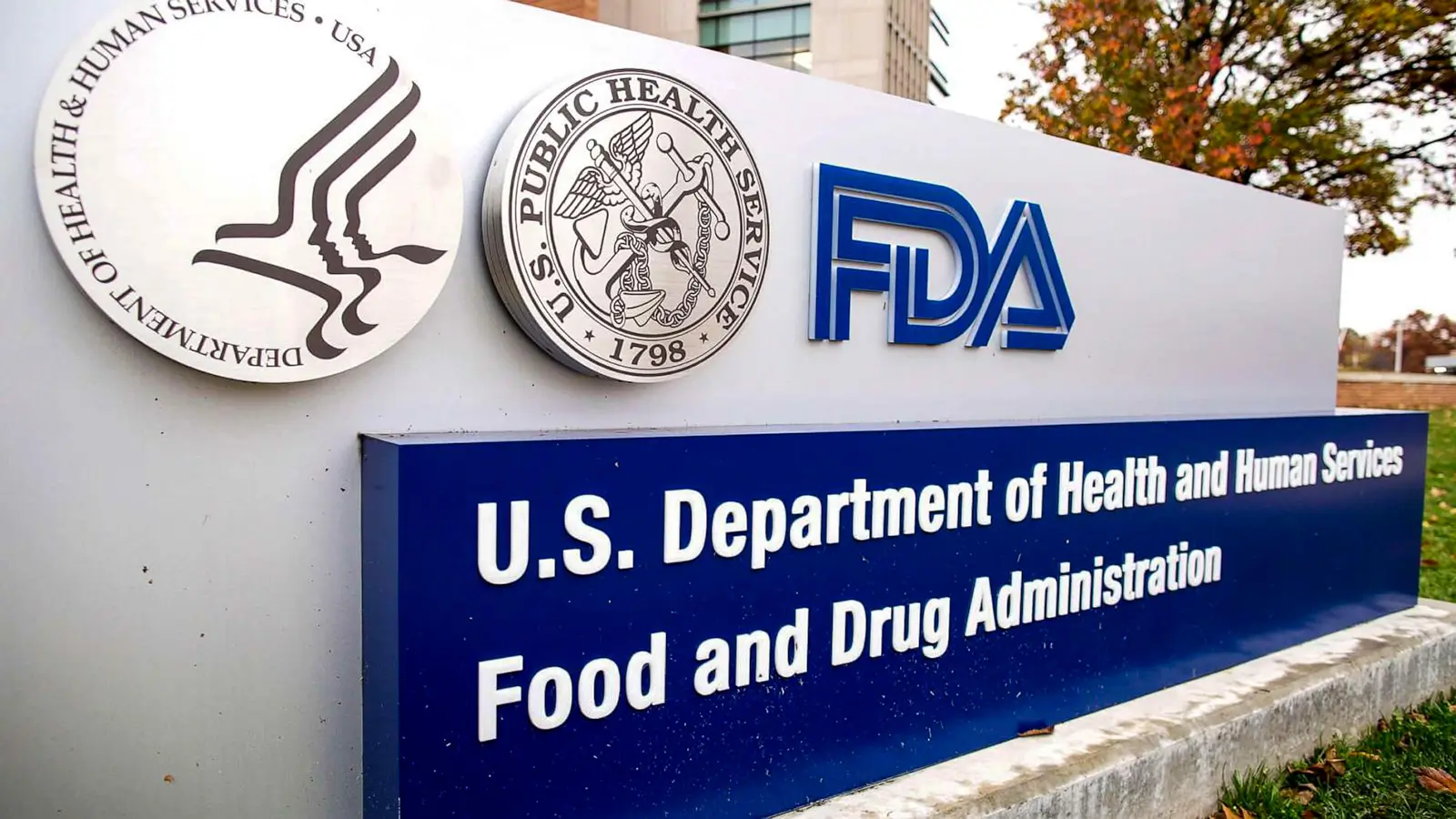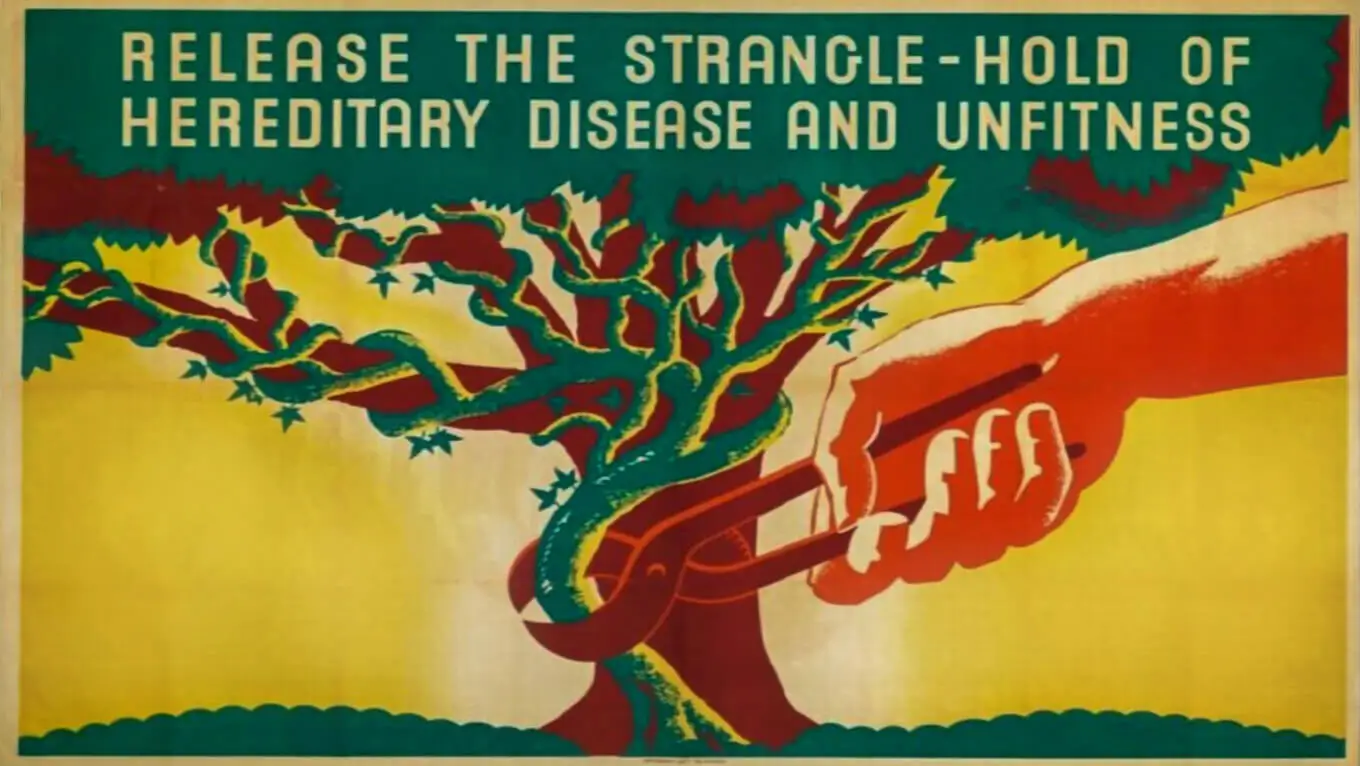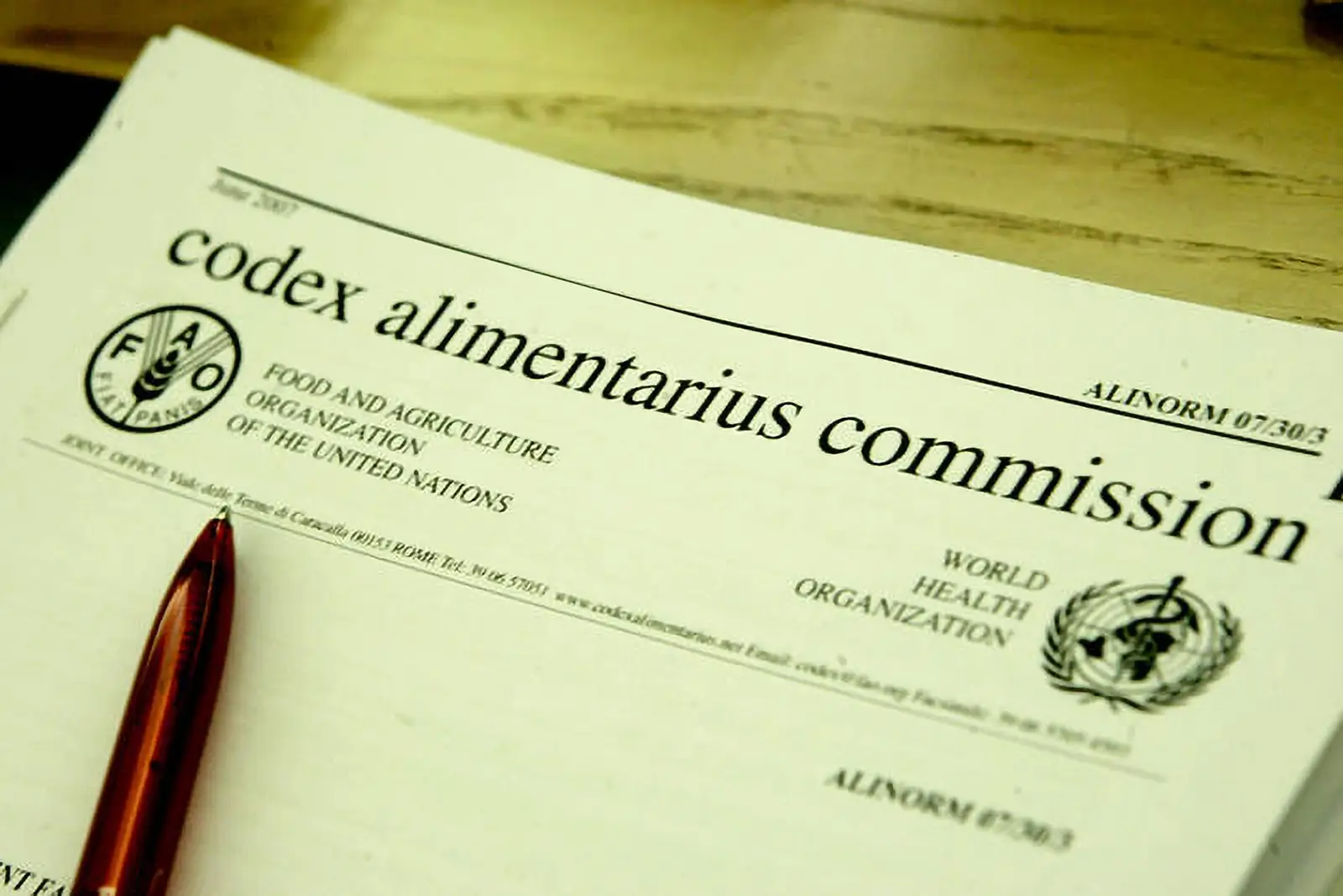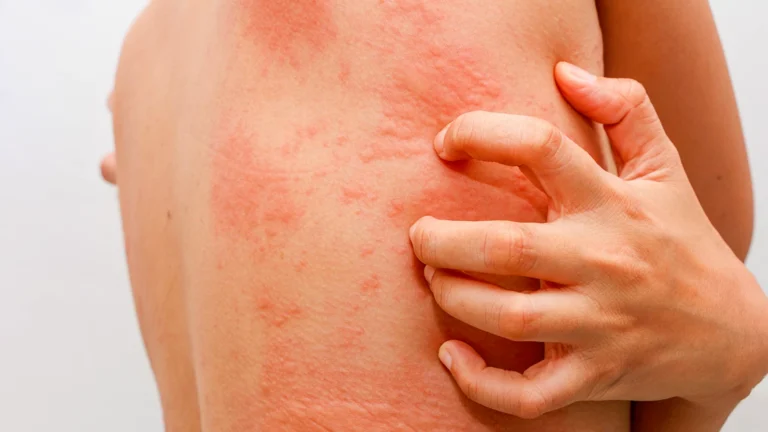The Tale of Big Pharma- Bayer (IG Farben), FDA and the AIDS virus
Bayer paid hundreds of millions of dollars to end a three-decade-long scandal in which the company sold HIV-contaminated blood to hemophiliacs, thousands of whom later died of AIDS.
Milos Pokimica
Written By: Milos Pokimica
Medically Reviewed by: Dr. Xiùying Wáng, M.D.
Updated August 4, 2023Nutritional science explained all of the connections between diseases of affluence and animal food consumption decades ago. Most of our number one killers are preventable but there is no interest in changing the current line of business. All of the available science will be kept out of the public and in reality, it does not matter.
What most people are aware of is just propaganda. Doctors are good, they have to pledge a Hippocratic oath, there are there to heal you and help you, and of course one day medicine is going to deliver us from all diseases. Usually, when people are confronted with the real history behind big pharma and realize the truth that government itself has a network for suppressing the science and that individual men’s interest is not its primary goal, they usually say that it is all in the past. Today we have more democracy and freedoms with better governmental control and so on.
The answer is no. We have even fewer freedoms than after WW2. We have been brainwashed in schools and by the media infused with psychological research for social control, but nothing else is different. The same structure exists and has been existing from not just middle age but even before that.
I will give one more recent example. You’d probably never know that Bayer (IG Farben) paid “tens of millions” of dollars to end a three-decade-long scandal in which the company sold HIV-contaminated blood products to hemophiliacs, thousands of whom later died of AIDS. Bayer is eventually forced into signing checks to individuals that acquired AIDS because, in the 1980s, the Cutter Biological section of Bayer neglected federal law and recruited gay men with high risk and intravenous drug users, and prisoners as donors of the blood that Cutter later used to produce Factor VIII and IX. It is a drug, the clotting product, that hemophiliacs need in order to not bleed to death. In 1997 Bayer was sentenced to pay 600 million into a compensation fund for hemophiliacs with HIV. About 20,000 individuals caught HIV from the blood.
Ironically, Bayer’s new hemophilia iPhone app got some coverage, as did Bayer’s hemophilia research grant to the University of Florida.
On July 16, 1982, the United States Centers for Disease Control and Prevention (CDC) suggested that three hemophiliacs had acquired AIDS. Epidemiologists began to think that the virus was spreading through hemophiliac medication that they inject once every week. Medication was made from large pools of donated plasma from different people. Much of which was collected before mandatory HIV testing, often from homosexuals and drug users and in some prisons. Without an infection test, they had no way to determine does the plasma donors carried the virus. In January 1983, the manager of Bayer’s Cutter Biological department confirmed in a letter that:
“There is strong evidence to suggest that AIDS is passed on to other people through … plasma products.”
These letters surfaced in trials and were found by some of the investigative journalists that later broke the story public. By May 1983, a Cutter competitor started producing a heat-treated concentrate that killed the virus, so France for example, and many other countries decided to halt all clotting concentrate imports. Cutter worried about losing consumers, so according to an enclosed memo: “want to give the impression that we continue improving our product without telling them that soon we were also going to have a heat-treated” concentrate. By June 1983, a Cutter letter to distributors to 20 countries said that:
“AIDS has become the center of irrational response in many countries” and that “This is of particular concern to us because of unsubstantiated speculations that certain blood products may transmit this syndrome.”
They lied, and many countries were still using an old concentrate. In February 1984, Cutter became the last of the four major blood product companies to get US approval to sell heated concentrate. They waited as long as possible. Still even after Cutter started to sell the new product, still for several more months, they continued making the old medicine. The reason was that the corporation had several fixed-price contracts and thought that the old product would be cheaper to produce. Bayer officials (responding on behalf of Cutter) responded with another lie: “because some customers doubted the new drug’s effectiveness,” some nations were slow to support registration of the new drug. Then they lied by telling that they had a shortage of plasma, which is used to make the medicine. For example, Taiwan was one country that still received the old HIV-infected drug. Hsu Chien-wen, an official at Taiwan’s health department, told in 2003 that Cutter had not appealed for approval to sell the heated medicine until July 1985. That was for an entire year and a half after doing so in the United States. In Hong Kong, for example, Cutter did not even need approval but only an import license in the 1980s to be able to import and sell the newer product in which normally takes one week. A company meeting notes that:
“There is excess inventory,”
that, in reality, produced the company resolving to:
“Review international markets again to determine if more of this product can be sold.”
Because of the lack of control and corruption Cutter decided to dispose of stockpiles of older HIV-positive drugs to third world countries while selling the new, safer product in the West. If some of the people catch AIDS well, they can take Aspirin for pain. And of course, there are all third world countries, so it is going to go well with eugenic programs of depopulation of the planet. When hemophiliacs in Hong Kong all of the sudden start to test positive for HIV, local physicians raised the question of whether Cutter was dumping “AIDS tainted” medicine into less-developed countries. Cutter rejected the accusation, insisting that older drug had “no severe hazard risk” and was, in fact, the “same fine product we have supplied for years.” Hong Kong did not believe the lie, and when the local distributor asked for the newer product, Cutter responded that all of the new product was going to the US and Europe. For Hong Kong, and other third-world countries they could make an exception for a small amount for the “most vocal patients.” Meaning influential people that could potentially make a problem for them. So if you are a son of a politician, they will give you new safe stuff.
The United States Food and Drug Administration helped to keep the news out of the public eye. Government is not there to protect you and never had been. In May 1985, the FDA’s regulator of blood products, Harry M. Meyer Jr., considering the companies had violated a voluntary arrangement to remove the old drug from the market, called directors of the corporations and directed them to comply. Cutter’s internal notes from their meeting show that Meyer required that the issue is:
“Quietly solved without alerting the Congress, the medical community and the public”
also noted that the FDA wanted the matter solved “quickly and quietly.” Also at that time, Cutter official wrote that:
“It appears there are no longer any markets in the Far East where we can expect to sell substantial quantities of nonheated-treated medicine.”
They sell AIDS-tainted medicine as long as possible with no empathy. The effects of all of this are impossible to calculate because there was no test for HIV, so we do not know how many people were infected with HIV before Cutter began selling its safer medicine or afterward. Cutter also sold the old medicine in Argentina, Indonesia, Japan, Malaysia, and Singapore after February 1984. Cutter shipped more than 100,000 vials of unheated concentrate, worth more than $4 million after it began selling the safer product. The sales continued partly because of Cutter’s desire to deplete stocks of the older medicine, and partly because of fixed-price contracts, for which the company believed the older product would be cheaper to make. U.S. Justice Department had never investigated any corporate executives. Bayer in the past even marketed heroin for children. That is the level of psychopathic nature of these people.
References:
Passages selected from a book: Pokimica, Milos. Go Vegan? Review of Science Part 2. Kindle ed., Amazon, 2018.
- McHenry L, Khoshnood M. Blood money: Bayer’s inventory of HIV-contaminated blood products and third world hemophiliacs. Account Res. 2014;21(6):389-400. doi: 10.1080/08989621.2014.882780. PMID: 24785997.
- Josefson D. Haemophilia patients launch action against Bayer over contaminated blood products. BMJ. 2003 Jun 14;326(7402):1286. doi: 10.1136/bmj.326.7402.1286-g. PMID: 12805147; PMCID: PMC1151015.
Related Posts
Do you have any questions about nutrition and health?
I would love to hear from you and answer them in my next post. I appreciate your input and opinion and I look forward to hearing from you soon. I also invite you to follow us on Facebook, Instagram, and Pinterest for more diet, nutrition, and health content. You can leave a comment there and connect with other health enthusiasts, share your tips and experiences, and get support and encouragement from our team and community.
I hope that this post was informative and enjoyable for you and that you are prepared to apply the insights you learned. If you found this post helpful, please share it with your friends and family who might also benefit from it. You never know who might need some guidance and support on their health journey.
– You Might Also Like –

Learn About Nutrition
Milos Pokimica is a doctor of natural medicine, clinical nutritionist, medical health and nutrition writer, and nutritional science advisor. Author of the book series Go Vegan? Review of Science, he also operates the natural health website GoVeganWay.com
Medical Disclaimer
GoVeganWay.com brings you reviews of the latest nutrition and health-related research. The information provided represents the personal opinion of the author and is not intended nor implied to be a substitute for professional medical advice, diagnosis, or treatment. The information provided is for informational purposes only and is not intended to serve as a substitute for the consultation, diagnosis, and/or medical treatment of a qualified physician or healthcare provider.NEVER DISREGARD PROFESSIONAL MEDICAL ADVICE OR DELAY SEEKING MEDICAL TREATMENT BECAUSE OF SOMETHING YOU HAVE READ ON OR ACCESSED THROUGH GoVeganWay.com
NEVER APPLY ANY LIFESTYLE CHANGES OR ANY CHANGES AT ALL AS A CONSEQUENCE OF SOMETHING YOU HAVE READ IN GoVeganWay.com BEFORE CONSULTING LICENCED MEDICAL PRACTITIONER.
In the event of a medical emergency, call a doctor or 911 immediately. GoVeganWay.com does not recommend or endorse any specific groups, organizations, tests, physicians, products, procedures, opinions, or other information that may be mentioned inside.
Editor Picks –
Milos Pokimica is a doctor of natural medicine, clinical nutritionist, medical health and nutrition writer, and nutritional science advisor. Author of the book series Go Vegan? Review of Science, he also operates the natural health website GoVeganWay.com
Latest Articles –
Plant Based News
-
New Netflix Documentary Highlights Impact Of Fishing On Sharks
on July 4, 2025
-
NotCo And Doritos Launch Flamin’ Hot Plant-Based Chicken Nuggets And Mayo In Chile
on July 4, 2025
-
Iconic US National Parks To Get 50% Plant-Based Menus
on July 4, 2025
-
Kung Pao Chickpeas Stir Fry
on July 4, 2025
-
The Secret To Perfect Carrot Hot Dogs
on July 3, 2025
-
These Raw Apple Pie Bars Are Gluten-Free And Vegan
on July 3, 2025
-
Switzerland Rolls Out Labels Flagging Animal Suffering In Food Products
on July 3, 2025
Top Health News — ScienceDaily
- Parkinson’s reversal? One drug brings dying brain cells back to lifeon July 4, 2025
Stanford researchers discovered that dialing down an overactive enzyme, LRRK2, can regrow lost cellular “antennae” in key brain cells, restoring vital dopamine communication and neuroprotective signals in a mouse model of genetic Parkinson’s. After three months on the LRRK2-blocking drug MLi-2, damaged circuits revived and early signs of neuronal recovery emerged, hinting that timely treatment could not only halt but reverse disease progression—and perhaps benefit other Parkinson’s […]
- AI spots deadly heart risk most doctors can’t seeon July 3, 2025
An advanced Johns Hopkins AI model called MAARS combs through underused heart MRI scans and complete medical records to spot hidden scar patterns that signal sudden cardiac death, dramatically outperforming current dice-roll clinical guidelines and promising to save lives while sparing patients unnecessary defibrillators.
- Even low levels of air pollution may quietly scar your heart, MRI study findson July 3, 2025
Breathing polluted air—even at levels considered “safe”—may quietly damage your heart. A new study using advanced MRI scans found that people exposed to more air pollution showed early signs of scarring in their heart muscle, which can lead to heart failure over time. This damage showed up in both healthy individuals and people with heart conditions, and was especially noticeable in women, smokers, and those with high blood pressure.
- Sweet-smelling molecule halts therapy-resistant pancreatic canceron July 3, 2025
A compound best known for giving almonds and apricots their aroma may be the key to defeating hard-to-kill cancer cells. Japanese researchers found that benzaldehyde can stop the shape-shifting ability of aggressive cancer cells, which lets them dodge treatments and spread. By targeting a specific protein interaction essential for cancer survival—without harming normal cells—benzaldehyde and its derivatives could form the basis of powerful new therapies, especially when combined with […]
- Why anger cools after 50: Surprising findings from a new menopause studyon July 3, 2025
Anger isn’t just a fleeting emotion—it plays a deeper role in women’s mental and physical health during midlife. A groundbreaking study tracking over 500 women aged 35 to 55 reveals that anger traits like outbursts and hostility tend to diminish with age and menopause progression. This shift could signal enhanced emotional regulation during and after the reproductive transition. Surprisingly, the only form of anger that remained steady was suppressed anger.
- This sun-powered sponge pulls drinking water straight from the oceanon July 3, 2025
In a leap toward sustainable desalination, researchers have created a solar-powered sponge-like aerogel that turns seawater into drinkable water using just sunlight and a plastic cover. Unlike previous materials, this new 3D-printed aerogel maintains its efficiency at larger sizes, solving a key scalability issue. In outdoor tests, it produced clean water directly from the ocean without any electricity, pointing to a future of low-cost, energy-free freshwater production.
- The fatal mutation that lets cancer outsmart the human immune systemon July 3, 2025
Scientists at UC Davis discovered a small genetic difference that could explain why humans are more prone to certain cancers than our primate cousins. The change affects a protein used by immune cells to kill tumors—except in humans, it’s vulnerable to being shut down by an enzyme that tumors release. This flaw may be one reason treatments like CAR-T don’t work as well on solid tumors. The surprising twist? That mutation might have helped our brains grow larger over time. Now, researchers […]
PubMed, #vegan-diet –
- Exploring the role of gut microbiota in rheumatoid arthritis: the effects of diet and drug supplementationon July 2, 2025
Rheumatoid Arthritis (RA) is a chronic autoimmune disease that mostly breaks out at the joints. It further causes bone erosion and decreased life quality due to severe pain. Current drugs are mainly focused on reducing pain, but unable to terminate the disease progression. This study aims to determine the effect of diet types (Western, Vegan and Mediterranean) on RA progression. Some dietary supplements and drug administration (Huayu-Qiangshen-Tongbi formula or Leflunomide plus Methotrexate) […]
- Blood biomarkers of Alzheimer’s disease in Australians habitually consuming various plant-based dietson June 30, 2025
BackgroundEvidence suggests that plant-based diets (PBDs) may be protective against neurodegenerative diseases such as Alzheimer’s disease (AD).ObjectiveThis study examined associations between blood-based AD biomarkers in individuals 30-75 years without current or diagnosed cardiovascular disease following different PBDs versus regular meat-eating diets (RMEs).MethodsThis secondary analysis of the Plant-based Diets study measured Aβ(1-42)/Aβ(1-40), p-tau181, NFL, and GFAP in 237 plasma […]
- Zinc supplementation among zinc-deficient vegetarians and vegans restores antiviral interferon-α response by upregulating interferon regulatory factor 3on June 28, 2025
CONCLUSION: We identified zinc-dependent IRF3 expression as an essential cellular mechanism behind impaired IFNα response in zinc-deficient subjects. This may contribute to disturbed antiviral immunity and cause increased susceptibility to virus infections in vivo. Oral zinc supplementation effectively restored IRF3 and IFNα levels. Hence, nutritional interventions may become increasingly important in order to prevent health implications from micronutrient deficiencies among vegetarians and…
- Micronutrient intake and nutritional status in 16-to-24-year-olds adhering to vegan, lacto-ovo-vegetarian, pescatarian or omnivorous diets in Swedenon June 26, 2025
CONCLUSION: Youth, regardless of dietary practice, need support to ensure adequate micronutrient intakes, particularly for vitamin D and selenium. Further research is required to evaluate iodine nutrition in Swedish youth.
- Integrating comparative genomics and risk classification by assessing virulence, antimicrobial resistance, and plasmid spread in microbial communities with gSpreadCompon June 26, 2025
CONCLUSIONS: The gSpreadComp workflow aims to facilitate hypothesis generation for targeted experimental validations by the identification of concerning resistant hotspots in complex microbial datasets. Our study raises attention to a more thorough study of the critical role of diet in microbial community dynamics and the spread of AMR. This research underscores the importance of integrating genomic data into public health strategies to combat AMR. The gSpreadComp workflow is available at…
Random Posts –
Featured Posts –

Latest from PubMed, #plant-based diet –
- Low-Carbohydrate Diet Patterns That Favor High-Quality Carbohydrates Are Associated with Beneficial Long-Term Changes in Biomarkers of Inflammation and Oxidative Stress in the Framingham Offspring…by Ghaida F Aloraini on July 4, 2025
CONCLUSIONS: LCD patterns that preserved high-quality carbohydrates while replacing low-quality carbohydrates sources, such as refined grains and added sugars, with fat and protein were inversely associated with inflammation and oxidative stress score, potentially lowering chronic disease risk.
- Linking the Planetary Health Diet Index to sarcopenia: the mediating effect of the non-high-density lipoprotein cholesterol to high-density lipoprotein cholesterol ratio (NHHR)by Huan Chen on July 4, 2025
CONCLUSION: This study highlights the observed negative correlation between PHDI and sarcopenia, with NHHR acting as a partial mediator. These findings emphasize the potential importance of dietary patterns in strategies aimed at preventing sarcopenia.
- Design and conduct of a full diet-controlled, parallel, 2-week residential trial for diabetes prevention without weight loss in Asian Chinese and European Caucasian adults with prediabetes: the New…by Ivana R Sequeira-Bisson on July 4, 2025
BACKGROUND: The causal underpinning of increased metabolic risk and previously observed dichotomous plasma metabolome in Asian Chinese vs. European Caucasian remains undetermined and may be hypothesised as attributed to ethnicity (genetic background), pathology (dysglycaemia) and/or lifestyle (habitual diet). We aimed to investigate the underlying cause(s) and the effect of dietary intervention on biomarkers of type 2 diabetes (T2D) in cohorts with prediabetes. The diets are a generic current…
- Comparison of digestive capacity in broilers raised on diets with or without soybean mealby Xiaomeng Ye on July 4, 2025
The objective of this study was to investigate the digestive capacity of broilers raised on diets with or without soybean meal, and evaluate the impact on the determination of metabolizable energy (ME) in feed. Two hundred and eighty-eight 7-day-old Arbor Acres male broilers were divided into 6 blocks based on initial body weight (BW). Within each block, 48 broilers were randomly assigned to one of the two types of diet: a corn-soybean meal diet (CSMD) and a corn-based soybean meal-free diet…
- Dietary Patterns and Incident Chronic Constipation in Three Prospective Cohorts of Middle- and Older-aged Adultsby Yiqing Wang on July 4, 2025
CONCLUSION: Our findings suggest that dietary patterns emphasizing plant-based foods and healthy fats may protect against constipation, informing future dietary interventions and treatments for chronic constipation.
- Computational Strategies to Enhance Vitamin B12 Biosynthesis Potential of Microbesby Vidhyashri Nelliyan on July 4, 2025
Vitamin B(12) is a vital nutrient for the normal functioning of many metabolic processes. It has a characteristic corrinoid ring structure with a cobalt ion. Its complex chemical structure demands 30 enzyme-catalyzed steps for synthesis. Deficiency of this vitamin is common among individuals who are predominantly on a strict vegetarian diet. Large-scale production of this vitamin for dietary supplementation is primarily through microbial fermentation. This review discusses various […]
